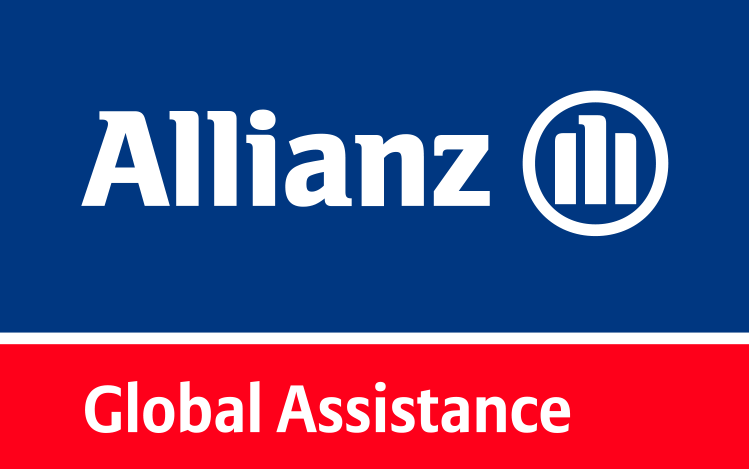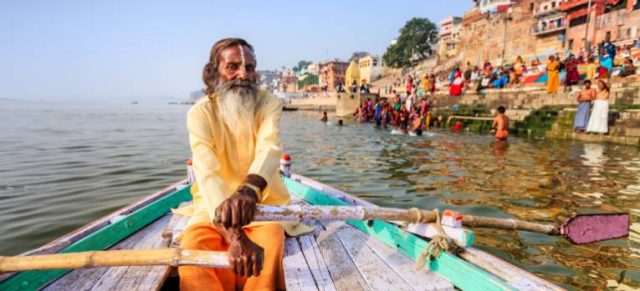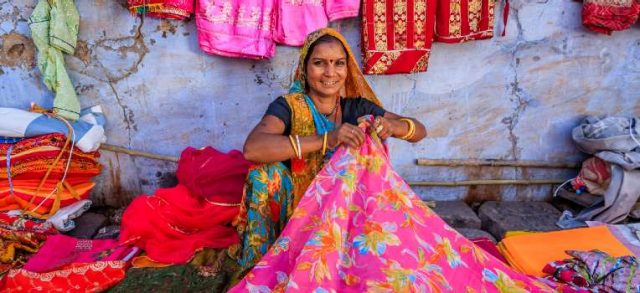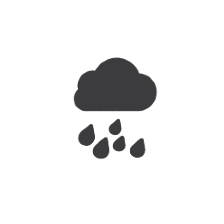India is defined by great contrast — between infamous poverty and booming economic might, intense spirituality and ancient cultural tradition.
The region is an unbelievable place of change, diversity and opportunity. For the adventurous traveller, India sits near the top of the list.
Indias’ neighbouring countries are Bangladesh, Bhutan, Burma, China, Nepal and Pakistan. While India’s borders are more than 2,000km apart, India chooses to have a single time zone called Indian Standard Time (IST) which is five and a half hours ahead of Universal Coordinated Time (UTC+5.30).
India is a large country and the climate varies substantially across different seasons. Generally November to March is cooler and dryer, and is the ideal climate to visit most of the country. The Himalayas and cooler mountainous northern regions are most popular during August and September.
India traditionally has six seasons or ritus each lasting approxi- mately two months. However, the current climate delivers three prominent seasons of summer, monsoon, and winter.
This requires some local research to determine the rules and reputations of transport in different cities and states. In and around the cities taxis can be the most reliable, however make sure you agree on the price before you start your journey. Metro networks are slowly becoming more comprehensive in the cities and could also be a good option. Between cities look for long distance trains and research reputation and safety standards.
National icons are the Lotus flower and Bengal tigers.
DISCLAIMER: While every effort has been made to ensure the accuracy of all information as of the date of publishing, Allianz Global Assistance does not accept liability for any errors or omissions. Allianz Global Assistance strongly recommends seeking the guidance of a professional travel agent/agency for further information on a specific destination. On your next trip, whether to another province or country, ensure you have travel insurance as it may assist you in cases of unforeseen medical emergencies and other types of mishaps that can happen while you travel. Travel insurance does not cover everything, please always refer to the policy document for full terms and conditions, including limitations and exclusions. Travel insurance is underwritten by CUMIS General Insurance Company, a member of The Co-operators Group of Companies, administered by Allianz Global Assistance, which is a registered business name of AZGA Service Canada Inc.













